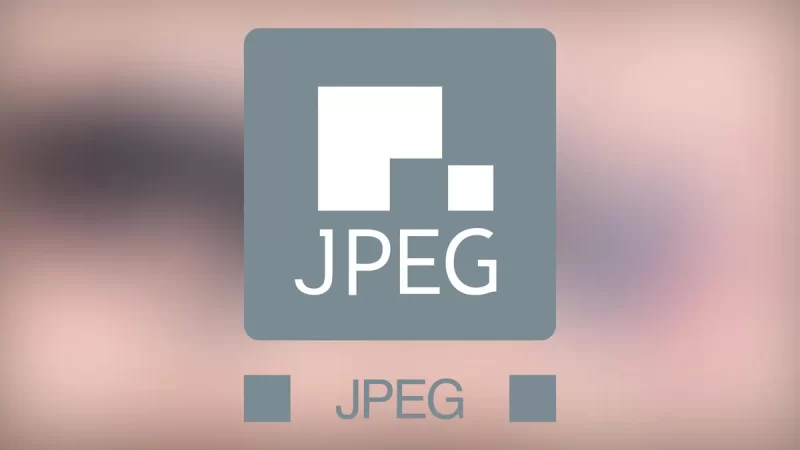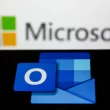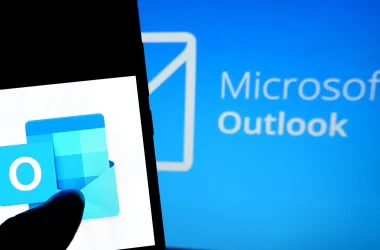In a digital world where images play a pivotal role in conveying information, choosing the right image format is crucial. JPEG, short for Joint Photographic Experts Group, has long been the go-to image compression format. While it has served us well, technological advancements have ushered in a wave of alternatives that offer improved compression efficiency, image quality, and compatibility. In this comprehensive guide, we delve into the world of JPEG alternatives, highlighting their features, limitations, and the factors to consider when selecting the perfect format for your needs.
Unveiling JPEG’s Features and Limitations
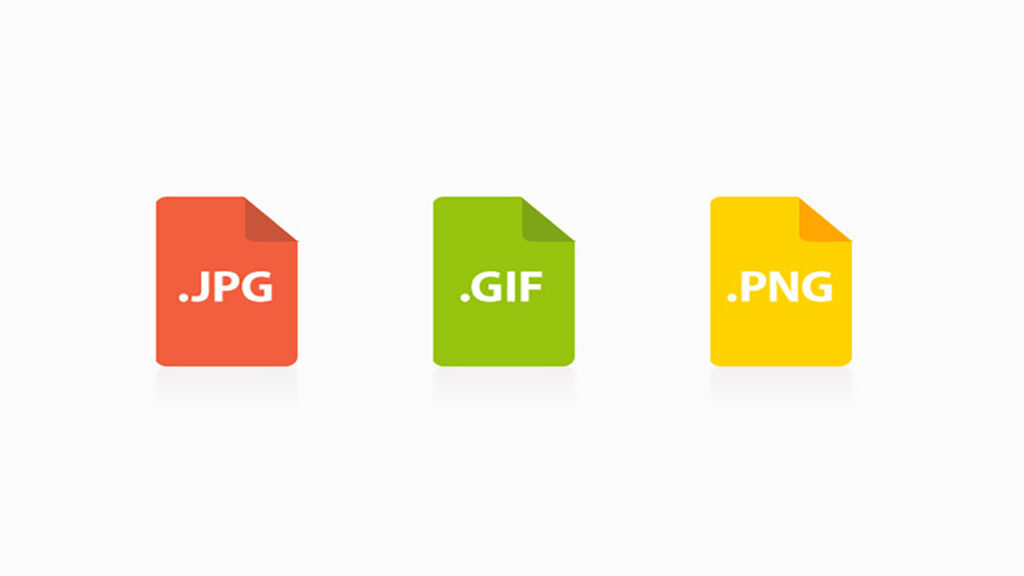
JPEG, renowned for its widespread use, is synonymous with photographic images. It strikes a balance between image quality and file size, making it ideal for sharing and displaying images online. Its lossy compression algorithm significantly reduces file sizes while maintaining acceptable visual quality. However, the compression process involves discarding certain image data, which can lead to a loss of fine details and color accuracy, particularly in high-contrast images or those with intricate patterns.
What Sets JPEG Apart
JPEG’s strength lies in its ability to balance file size and image quality, making it suitable for a wide range of applications. Its compatibility with virtually all devices and software further solidifies its place in the digital ecosystem. However, the rise of high-resolution displays and the need for faster loading times have prompted the search for alternatives that can meet these demands without compromising quality.
The Need for JPEG Alternatives

As technology evolves, so do our expectations for image quality and compression efficiency. While JPEG has been the cornerstone of digital imagery, various use cases demand more versatile and optimized solutions. Enter JPEG alternatives—formats that challenge the status quo, aiming to deliver sharper images and smaller file sizes, thereby enhancing the user experience across different platforms.
1. Rising Demands of High-Resolution Displays
With the proliferation of high-resolution displays, the limitations of JPEG have become more apparent. These displays can showcase even the slightest imperfections, prompting the need for formats that preserve finer details and color accuracy.
2. Speeding Up Loading Times
In today’s fast-paced online environment, slow-loading images can lead to user frustration and increased bounce rates. Alternatives to JPEG offer better compression techniques, enabling quicker loading without compromising image quality.
3. Evolving Web Standards
Web technologies are evolving, and so are the standards for image delivery. New formats like WebP and AVIF are designed to address these changing standards, allowing web developers to provide better visuals without sacrificing performance.
4. Diverse Multimedia Content
Modern digital experiences encompass more than static images. Formats like HEIF accommodate animations, image sequences, and audio, enabling a richer and more engaging user experience across different media.
Commonly Used JPEG Alternatives For Various Applications
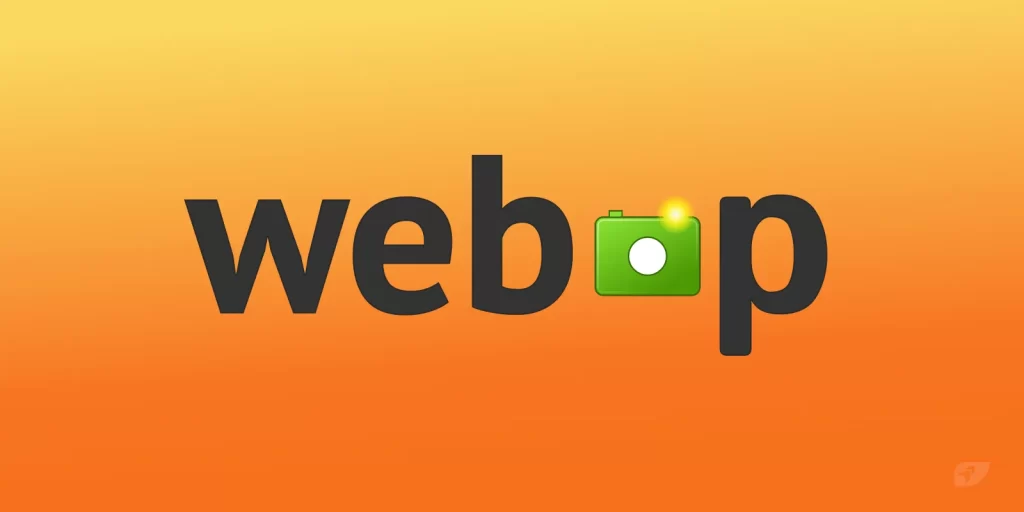
1. WebP: Empowering Web Images
WebP, an innovation by Google, is designed to revolutionize web imagery. This format offers both lossless and lossy compression options, enabling web developers to strike a balance between visual appeal and page loading speed. With its advanced compression techniques, WebP can often yield smaller file sizes compared to JPEG, without sacrificing image quality. Its support for transparency and animation further enhances its appeal.
2. HEIF: Bridging the Gap Between Quality and Efficiency
HEIF, short for High-Efficiency Image Format, provides a versatile solution for capturing and sharing images on modern devices. Backed by advanced compression algorithms, HEIF can significantly reduce file sizes while preserving image quality. Its support for animations, image sequences, and even audio enhances its capabilities, making it suitable for a wide array of multimedia content.
3. AVIF: Next-Gen Compression for High-Quality Images
AVIF stands at the forefront of image compression technology, harnessing the power of the AV1 video codec. With its impressive compression efficiency, AVIF produces images that are noticeably smaller than their JPEG counterparts while maintaining exceptional quality. As support for AVIF grows, it promises to become a standard choice for delivering high-quality visuals on the web.
4. PNG: The Transparency Champion
When it comes to images with sharp edges and transparent backgrounds, PNG (Portable Network Graphics) takes the stage. Unlike JPEG, PNG employs lossless compression, retaining every pixel of the original image. This feature makes it perfect for logos, icons, and graphics that require pristine quality. While PNG files tend to be larger than their JPEG counterparts, the preservation of image integrity justifies the trade-off.
5. JPEG 2000: Scaling Beyond Limits
JPEG 2000 offers a leap forward in image compression technology. With its ability to support both lossless and lossy compression, it caters to a diverse range of applications, from medical imaging to satellite imagery. JPEG 2000 excels in preserving image details even at high compression ratios, making it a preferred choice for scenarios where accuracy is paramount.
6. BPG: Merging Quality and Efficiency
BPG (Better Portable Graphics) combines the prowess of the HEVC video codec with image compression. This format strikes a balance between image quality and file size, often surpassing JPEG in both aspects. While not as widely supported as other alternatives, BPG’s capabilities make it a contender for situations where quality and efficiency are of equal importance.
7. FLIF: A Glimpse into the Future
FLIF (Free Lossless Image Format) is a newcomer aiming to redefine image compression. With its novel approach, FLIF aims to outperform existing formats while maintaining lossless quality. While its adoption is still growing, its potential to offer smaller file sizes without compromising image integrity is worth keeping an eye on.
Factors To Consider While Choosing The Perfect JPEG Alternative
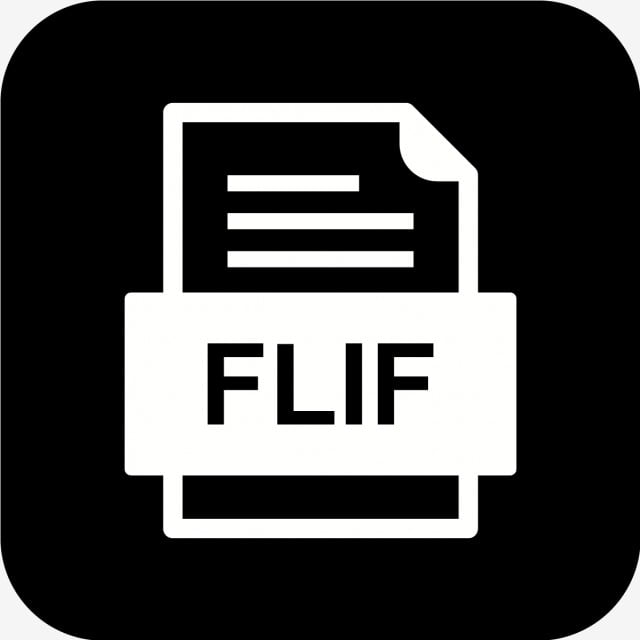
1. Compression Efficiency
Different alternatives offer varying levels of compression efficiency. Consider your priority: smaller file sizes or maintaining the highest possible image quality.
2. Compatibility
Ensure the chosen format is supported across devices and platforms relevant to your target audience. While adoption is growing, some alternatives might still face compatibility challenges.
3. Use Case
The nature of your images plays a significant role in selecting the right format. Logos and icons might benefit from lossless formats like PNG, while visually rich photographs could thrive with formats like AVIF or HEIF.
4. Loading Speed
For web-based content, loading speed is paramount. Opt for a format that strikes a balance between visual quality and quick loading times, enhancing user experience.
5. Future-Proofing
Consider the evolving landscape of image compression and ensure the chosen format has a promising trajectory. Formats like AVIF and WebP are gaining traction and could become standard in the future.
Conclusion
In the realm of image compression, the JPEG alternatives we’ve explored offer a diverse range of solutions to meet modern demands. Whether you seek the efficiency of AVIF, the transparency of PNG, or the innovation of FLIF, each alternative brings unique strengths to the table. As you embark on the journey of selecting the perfect format for your needs, remember to prioritize factors like compression efficiency, compatibility, use case, loading speed, and future-proofing. By making an informed choice, you can elevate the visual experience for your audience while staying ahead of the curve in the ever-evolving world of digital imagery.




